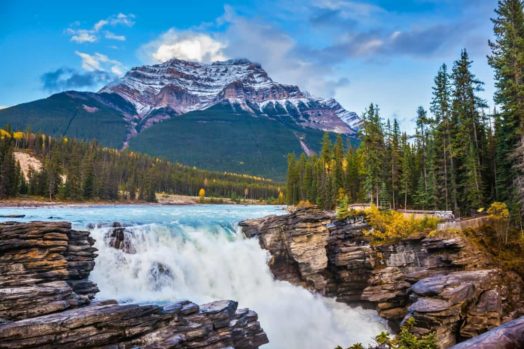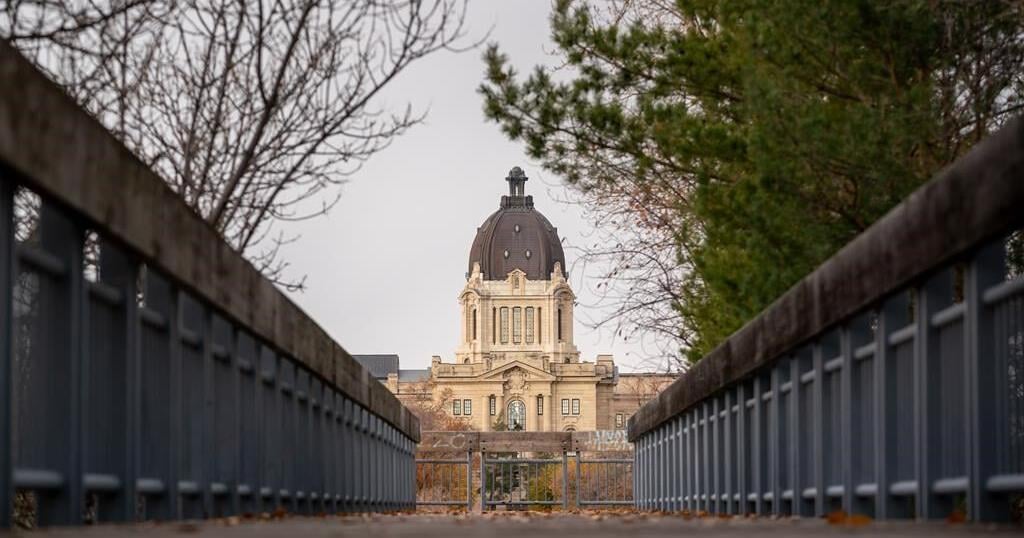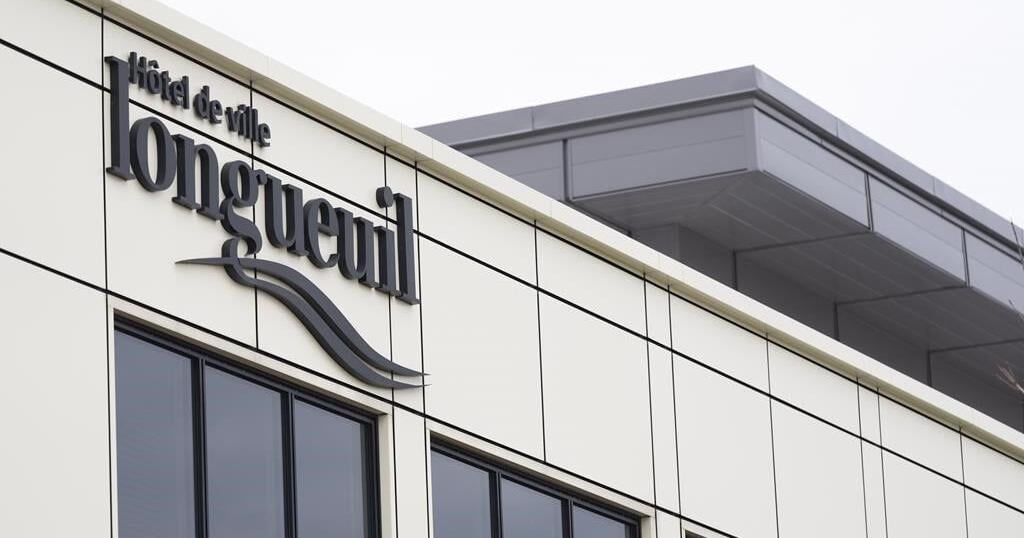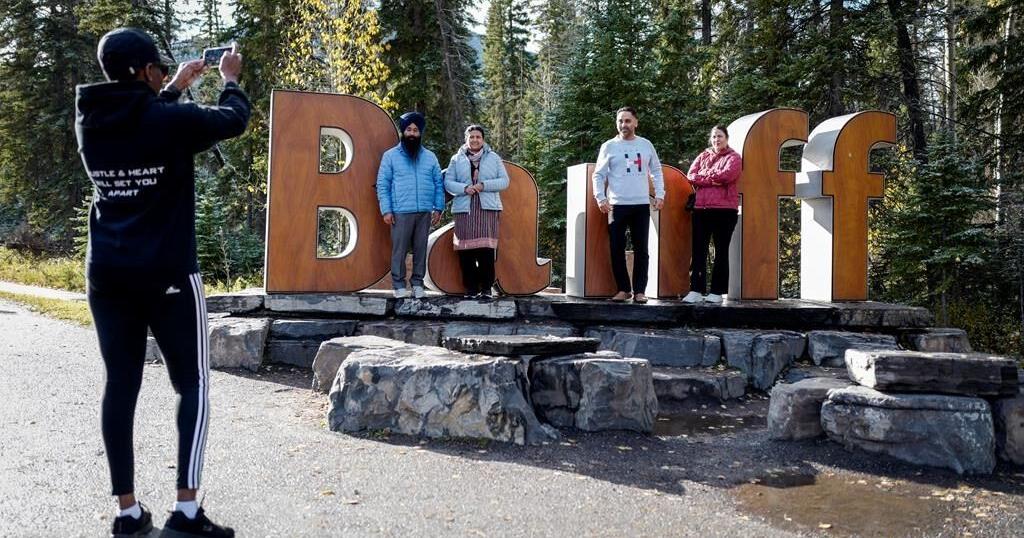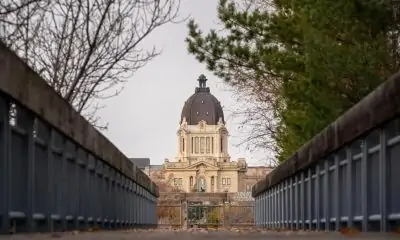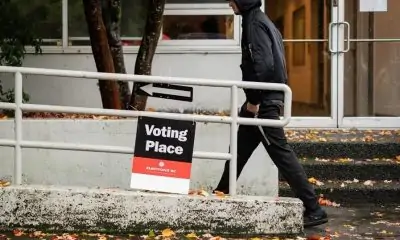Saskatchewan’s election unfolded as predicted in early returns Monday, with Scott Moe’s Saskatchewan Party dominating in rural constituencies and Carla Beck’s NDP fighting for enough urban votes to eke out a path to victory.
Moe’s Saskatchewan Party was edging closer to securing the 31 seats needed for a majority in the 61-seat legislature, powered by victories in its traditional rural base.
Beck’s New Democrats were leading or elected in about two dozen seats in Regina and Saskatoon but needed to sweep the major cities.
The NDP also gained back the rural northern riding of Athabasca, which it won in 2020 only to lose to the Saskatchewan Party in a subsequent byelection.
Moe, in his second election as leader of the Saskatchewan Party, retained his seat in Rosthern-Shellbrook. No polls had reported yet in Beck’s riding of Regina Lakeview.
Several other cabinet ministers retained their seats: Agriculture Minister David Marit, Energy Minister Jim Reiter, Advanced Education Minister Colleen Young, Highways Minister Lori Carr, Health Minister Everett Hindley and Trade and Immigration Minister Jeremy Harrison.
Harrison was a controversial figure on the hustings. Earlier this year, he apologized for carrying a gun into the legislature about a decade ago while on the way to go hunting.
The Saskatchewan Party was seeking a fifth-straight majority to add to its 17 years in office, while Beck’s NDP was looking to take back government for the first time since 2007.
The voting caps a month-long campaign that focused on health care, affordability and crime.
Moe promised broad tax relief and continued withholding of federal carbon levy payments to Ottawa.
His platform would cost an additional $1.2 billion over four years. He said his tax reduction plan would save a family of four $3,400 over four years. It also includes tax credits for those looking to grow their families or put their children in sports and arts.
Moe promised deficits in the first two years, followed by a surplus in 2027.
Beck pledged to spend more to fix health care and education, pause the gas tax, and remove the provincial sales tax on children’s clothes and some grocery items.
She said her promises would cost an additional $3.5 billion over four years, with plans to cut what she calls Saskatchewan Party waste and to balance the budget by the end of her term.
Moe also promised that his first order of business if re-elected would be to ban “biological boys” from using school changing rooms with “biological girls.”
He said he made the promise after learning of a complaint at a southeast Saskatchewan school about two biological boys using a girls change room.
It was later revealed that a parent of the two children who were the subjects of the complaint is an NDP candidate. Moe said he didn’t know that when he made the promise.
Beck has said such a ban would make vulnerable kids more vulnerable. She also promised to repeal a Saskatchewan Party law that requires parental consent if children under 16 want to change their names or pronouns at school.
Political experts said Moe was favoured to win the election, given his party’s strength in rural areas, but recent polls suggested a closer race.
At dissolution, the governing Saskatchewan Party had 42 seats, while the Opposition NDP had 14. There were four Independents and one seat was vacant.
This report by The Canadian Press was first published Oct. 28, 2024.

